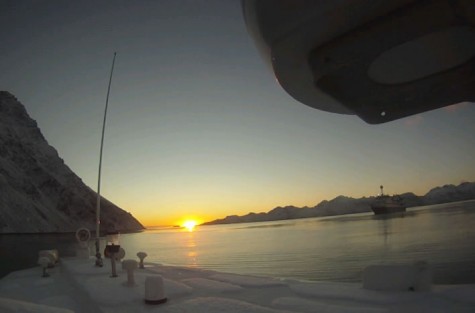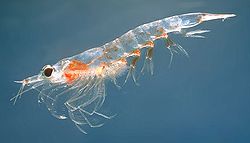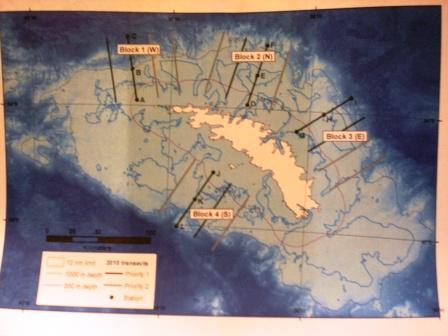Krill fishing

This morning at sunrise we were on the water having dropped off Kieron, Robert, Jude, Ali and Katie onto the Saga Sea a boat that has come to catch some krill in South Georgia. Above is a picture taken from my GoPro camera given to me by the Chance and potluck group in SF.

Krill above is fished for in the Southern Ocean for animal feed and some human consumption.

Katie and Ali have been doing Overseas Territories Environment Programme transects (above picture) to investigate the potential interactions between higher predators and the krill fishery at South Georgia, as well as the possible interactions this fishery may have with other fish stock through the by-catch of larval fish. A total of four trips are planned. On these set transects they are conducting seabird and mammal counts and trawling for larval fish. These four areas have been set in the main target areas of the krill fleet, set using historic krill catch data, and in adjacent areas that are not normally fished.
During daylight hours Ali monitors a 300 meters wide strip of sea on one side of the ship as it moves along the transect. He records every higher predator seen, which may include penguins and other birds, seals and whales. He also records the animals’ behaviour, noting if they are feeding, their direction of travel, approximate age and moult states for some of the birds. Analysis of the data should show what species are competing with the fishing industry to use the krill resource during winter. The results will build on earlier work surveying seabirds at sea carried out in 2002 to 2004.
Katie uses a plankton trawl net at night fishing for half an hour at three stations along each transect. She then analyses the collected samples to identify any larval fish.

